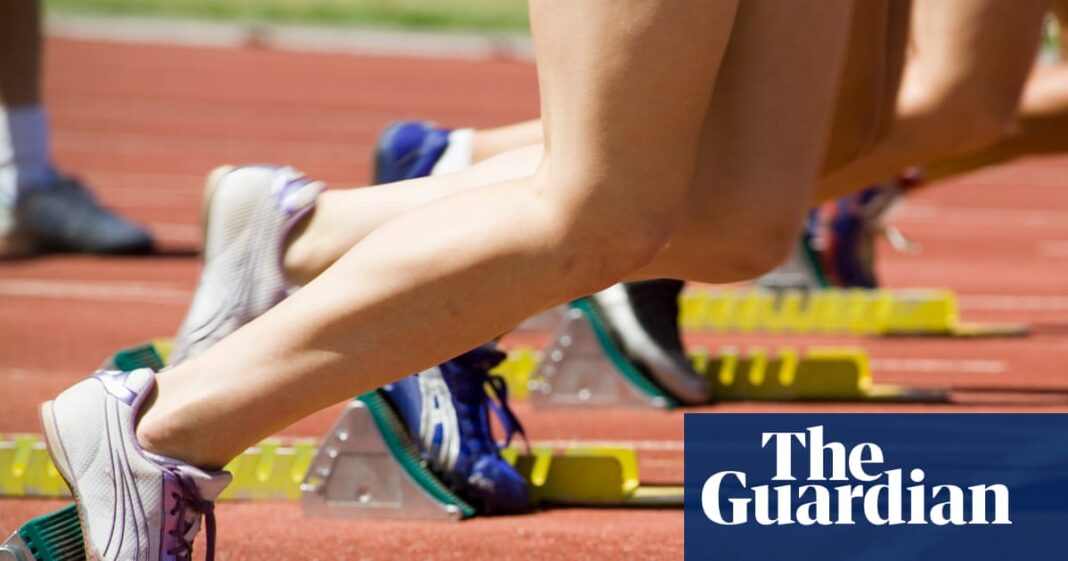Female athletes have reaction times 80 milliseconds faster and make fewer mistakes on the day they ovulate, according to research.
Researchers at University College London (UCL) studied how different stages of the menstrual cycle and levels of activity affected women’s brain function. They tracked 54 women aged 18 to 40 not using hormone-based contraception and grouped them according to how much exercise they took: inactive (reported not taking part in any form of structured exercise), recreationally active (taking part in at least two hours of structured exercise a week), competing in any sport at club level, and elite (competing in any sport at national or international level).
They then completed cognitive tests and reported their mood and symptoms on the first day of menstruation, two days after the end of menstruation (late follicular phase), the first day ovulation was detected, and between ovulation and menstruation (mid-luteal phase).
The study, published in Sports Medicine – Open, found that women perform best on cognitive tests when they ovulate, with on average participants reacting about 30 milliseconds faster compared with later in their cycle and making fewer mistakes. But for elite athletes, the difference in performance was much more pronounced. On average, their attention and inhibition scores were more than 120 milliseconds faster, and their simple reaction time was 80 milliseconds faster at ovulation than the luteal phase of their cycle.
Dr Flaminia Ronca, the lead author of the study from UCL Surgery and Interventional Science and the Institute of Sport, Exercise and Health, said: “At an elite level, 80 milliseconds slower reaction times makes a big difference and in a fast-paced sport like rugby, it could put you at greater risk of concussion or serious musculoskeletal injury.”
At the other end of the exercise spectrum, the authors also found that compared with active participants (at whatever level), inactive participants had reaction times on average about 70 milliseconds slower and made about three times as many impulsive errors, regardless of cycle phase.
This difference could determine whether we regain balance after tripping over an obstacle or not, the study said.
“This shows the importance of incorporating some form of recreational physical activity into our lives,” Ronca said. “It doesn’t have to be that intense or competitive to make a difference – and crucially, it’s something that we can control.”
Responding to the findings, Stephanie Hilborne, the chief executive of Women in Sport said: “While it is fascinating to understand the tiny cognitive supercharging that happens the day of ovulation, the most interesting conclusion is around the cognitive benefits of being active.
“Having the time to register and respond to a risk is the difference between having a fall or righting yourself. For women in wiser life, avoiding falls is especially vital given the huge gendered health inequality around osteoporosis with one in two women over 50 suffering from this, compared to one in nine men.
“We already knew being active can build bone strength and now we know being active can increase our response times. This report adds a second layer of urgency to get women active and address the tragedy and cost of fragility fractures.”
First Appeared on
Source link




